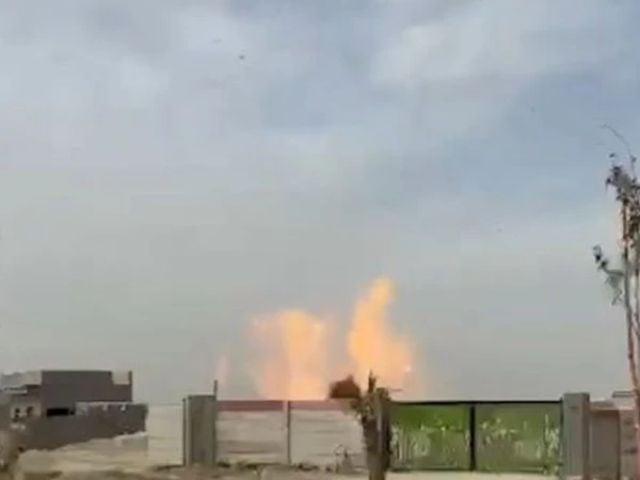The unabated fire, which raged for over two weeks in Karachi’s Korangi Creek area, has finally been extinguished, ending an 18-day episode that attracted widespread attention.
Blaze, which began on March 29, after a 1,200 -foot deep borehole drilling, raised serious concerns about the nature and volume of underground gases burning it.
Although the flames have subsided, gas emissions continue from the grop and cause water – originally used by firefighters – to break out on the spot. The situation remains unstable with warm water and visible fumes that still come out of the ground.
In response, the Ministry of Petroleum created a special selection for Metangas testing and consulted Cudd Well Control, a US-based global expert in emergency well response.
Technical teams from Pakistan Petroleum Limited (PPL) and United Energy Pakistan Limited made a joint visit, noting that the fire’s intensity had remained unchanged for days, indicating a potentially significant underground gas reserve.
The crater is expanded due to sand displacement and crowded water. Preliminary chemical analysis of the water from the site has revealed dangerous levels of chemicals, including benzene, toluene, tetrachlorethylene and o-xylene.
The tetrachlorethylene was registered at 33 ug/l, which far exceeded the safe limit of 5 mg/l. Benzene levels reached 19 mg/l – almost four times the allowed amount – while the tolu was found at 15 ug/l.
Although hydrocarbons were within permitted limits, experts warn that the presence of these dangerous substances constitutes continuous environmental and health risks.
Further studies are underway to assess long -term dangers and identify the exact source of the gas leak.



